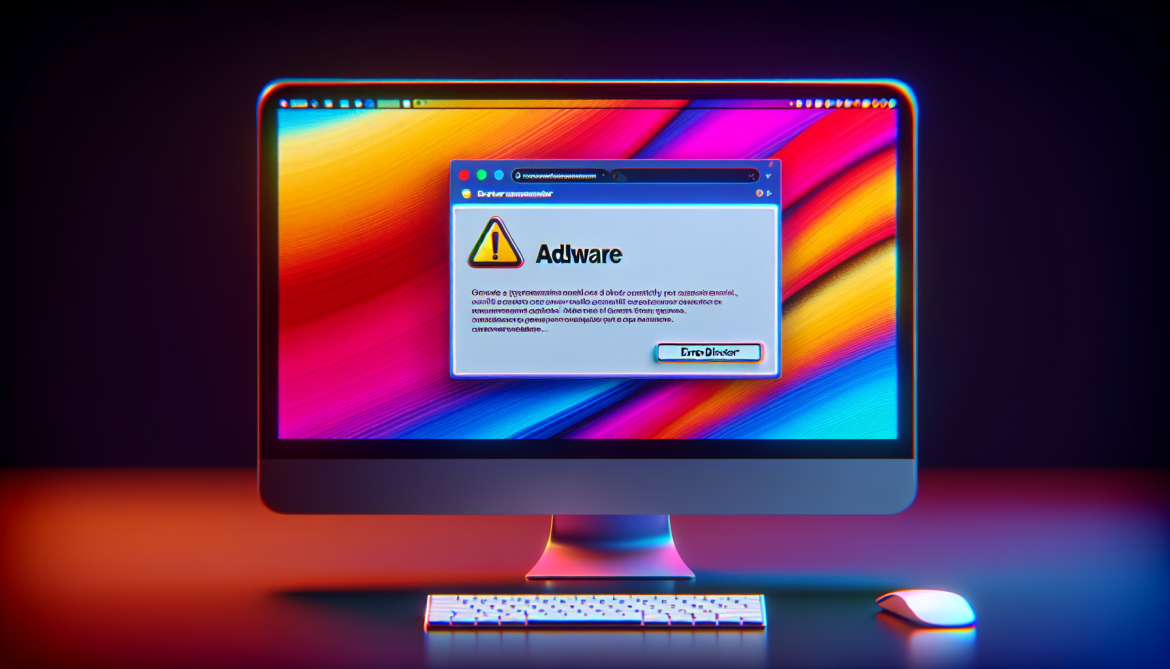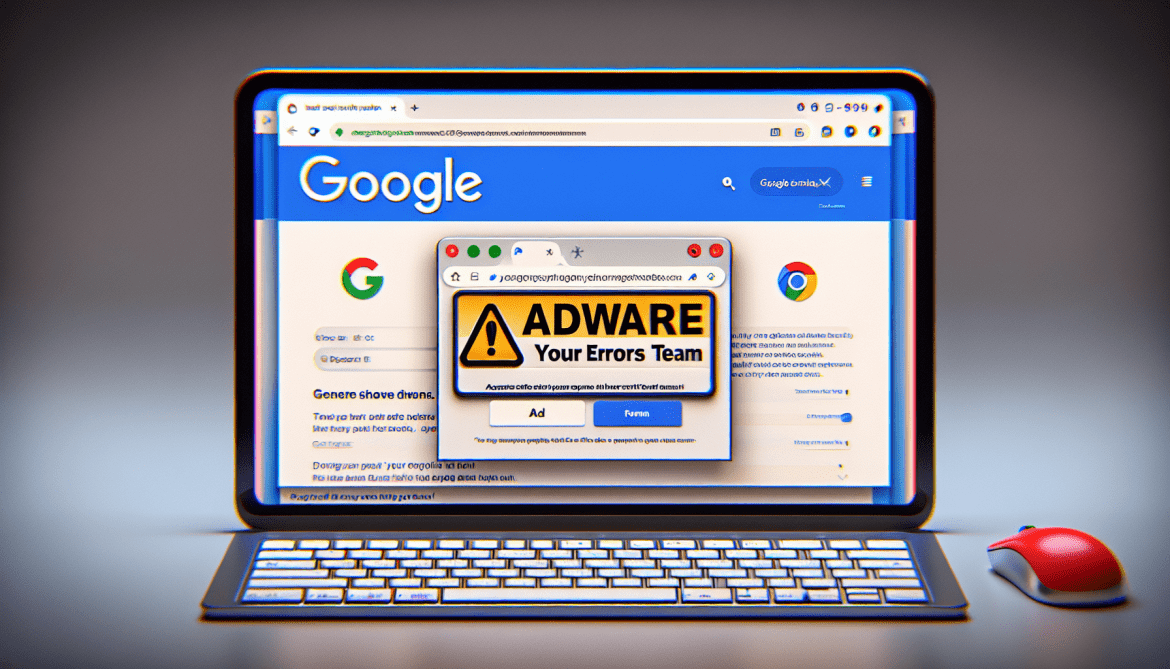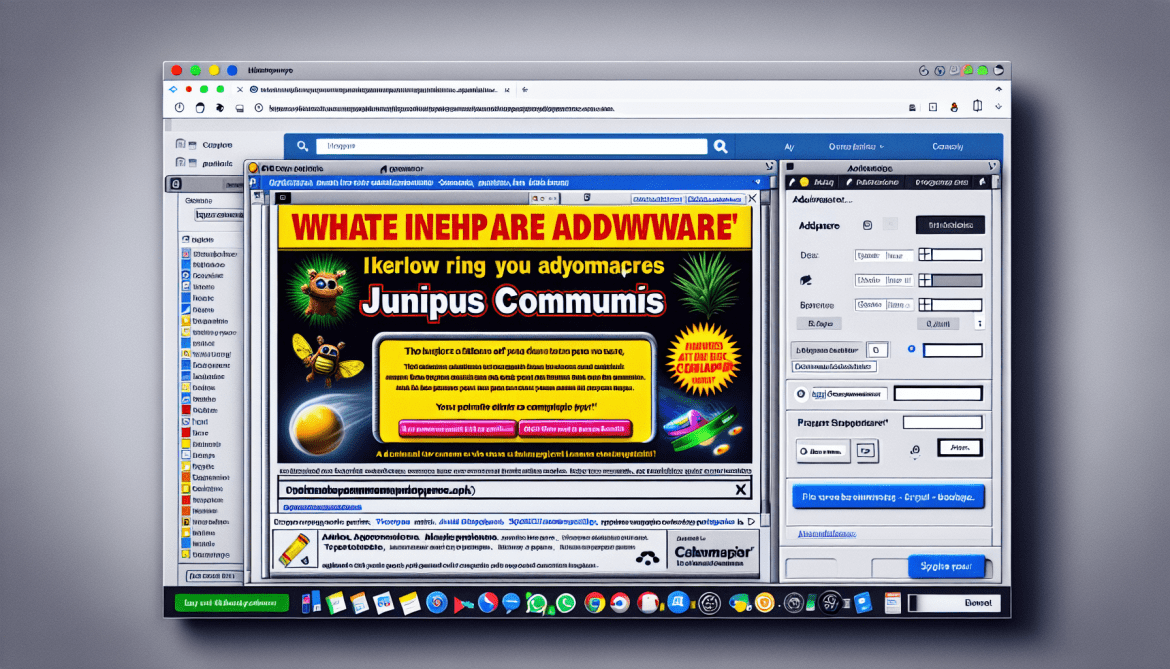Error Director is a type of adware that infects computers and displays various advertisements, pop-ups, and redirects to users while they are browsing the internet. It is designed to generate revenue for its creators by promoting third-party products and services. Error Director is known for its intrusive behavior and can significantly disrupt the user’s online experience.
Error Director primarily infects computers through bundled software installations. It often comes bundled with freeware or shareware programs that users download from unreliable sources. When users install these programs, they unknowingly also install Error Director along with them. Additionally, it can also be distributed through malicious websites, spam email attachments, or fake software updates. Once installed, Error Director modifies browser settings and injects its own advertisements into webpages, leading to a constant stream of unwanted pop-ups and redirects.









